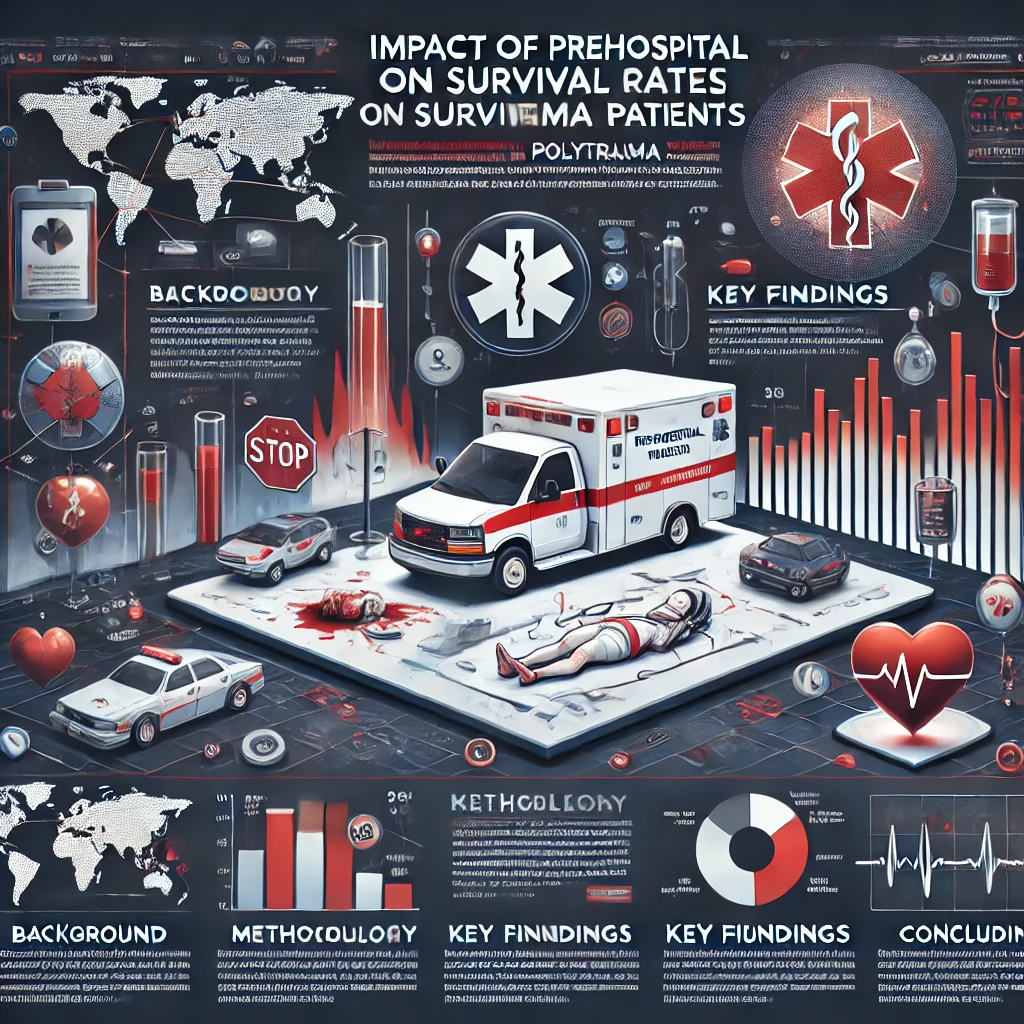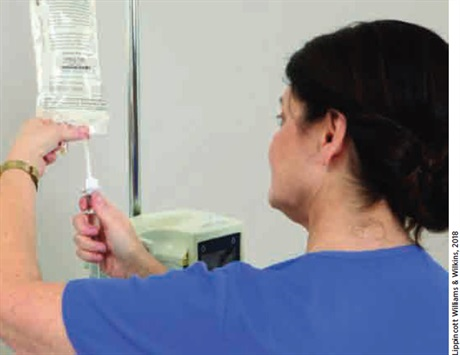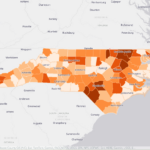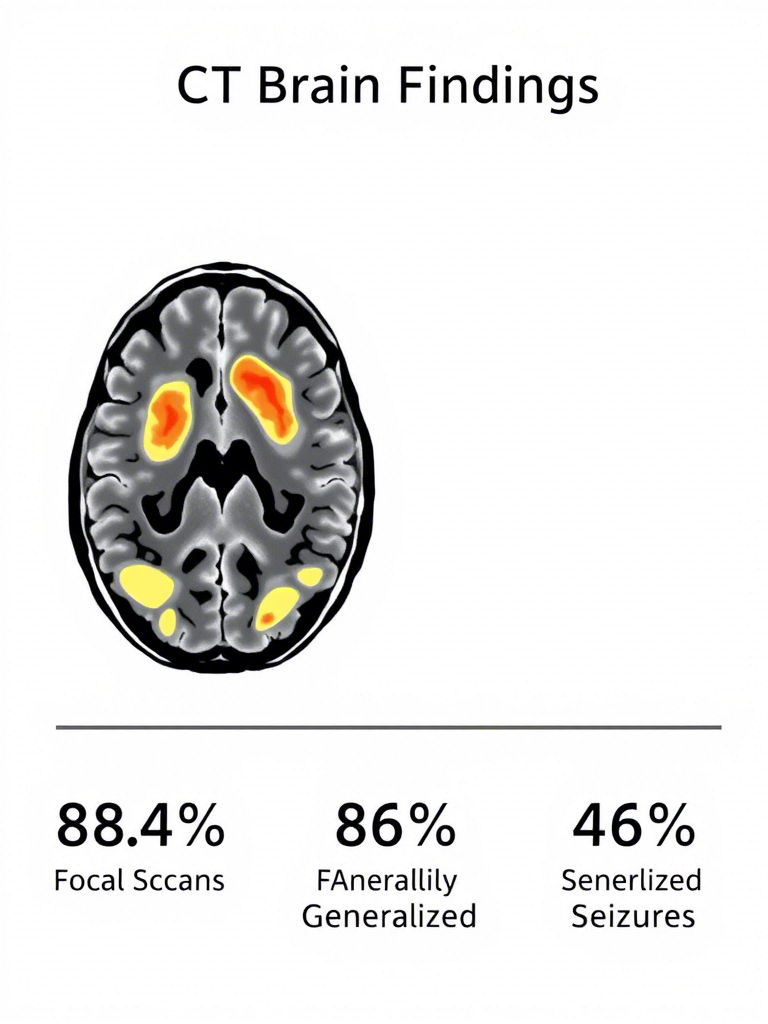impact of Prehospital Trauma Care on Survival Rates in Polytrauma Patients
Keywords:
Prehospital care, polytrauma, emergency medicine, hemorrhage control, airway management, trauma survival, advanced trauma life support (ATLS).Abstract
Background:
Polytrauma is a leading cause of mortality worldwide, accounting for 5.8 million deaths annually. Early and effective prehospital trauma care is critical in improving survival rates, particularly in cases involving hemorrhage, traumatic brain injury (TBI), and multi-system injuries. This study evaluates the impact of prehospital interventions, including advanced airway management, fluid resuscitation, and hemorrhage control, on polytrauma patient outcomes.
Methods:
A retrospective cohort study was conducted across 25 trauma centers in the USA, UK, and Europe between 2015 and 2024. Data from 14,872 polytrauma patients (mean age: 38.2 ± 11.6 years, 68.4% male) were analyzed. Patients were divided into two groups: those who received advanced prehospital care (APC) (n = 7,493) and those receiving basic prehospital care (BPC) (n = 7,379). Key outcomes included 30-day survival, time-to-definitive care, and ICU length of stay. Statistical analysis used logistic regression with odds ratios (OR) and p-values set at p < 0.05.
Results:
Patients receiving APC demonstrated a 26% higher 30-day survival rate (78.4% vs. 62.1%; OR = 1.87, 95% CI: 1.63–2.11, p < 0.001). Prehospital intubation was associated with a 19% reduction in early mortality (p = 0.008). Early hemorrhage control using tourniquets and hemostatic dressings reduced mortality from exsanguination by 37% (p = 0.003). Patients receiving prehospital blood transfusions had a 22% lower risk of hemorrhagic shock (p = 0.015). Time-to-definitive care was reduced by 14% in the APC group, with an average transport time of 34.2 minutes vs. 40.1 minutes (p = 0.021).
Conclusion:
Advanced prehospital trauma care significantly improves survival in polytrauma patients, particularly through early airway management, hemorrhage control, and optimized transport times. Expanding access to APC and implementing standardized protocols for high-risk trauma patients can enhance survival outcomes. Further research should assess AI-assisted triage and telemedicine integration in prehospital trauma care.
Downloads





